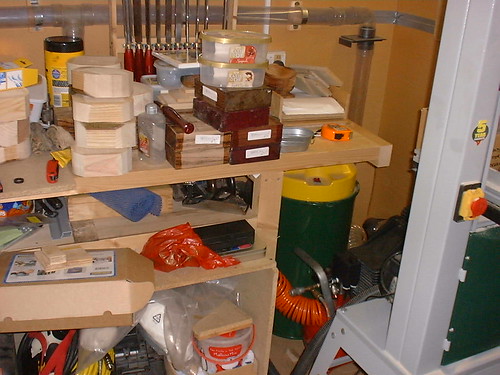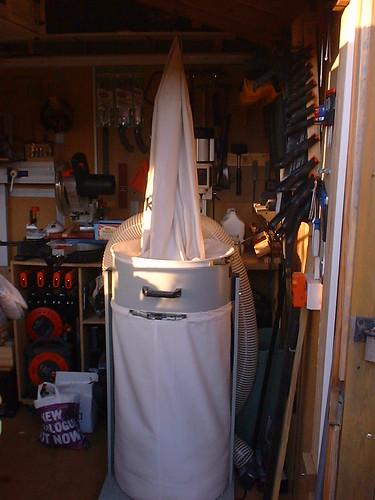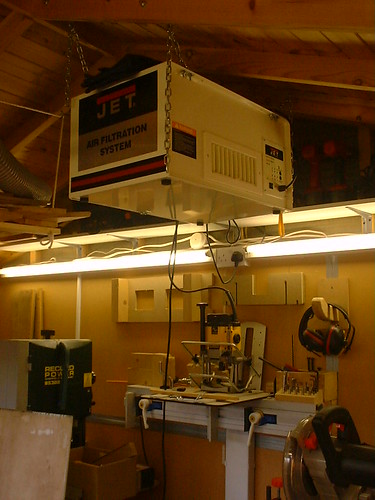stevebuk
Established Member
hi
my wife want to buy me a dust extraction system for christmas :lol:
The ones i have looked at conect to your tools, but is there a system that sits in the shed just merrily sucking away all the dust from the air, or am i mistaken.
What sort would anyone recomend please.
budget about £250/300
my wife want to buy me a dust extraction system for christmas :lol:
The ones i have looked at conect to your tools, but is there a system that sits in the shed just merrily sucking away all the dust from the air, or am i mistaken.
What sort would anyone recomend please.
budget about £250/300





































